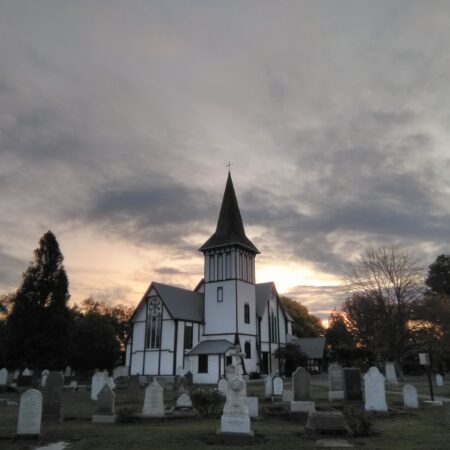On the 7th November St Paul’s will be open as part of the Christchurch Heritage Festival. The festival this year is an opportunity to share the stories of the past that explore and celebrate our historic journeys through arts, culture and identity. In preparation for that I have also met with representatives of the Papanui Heritage Group. Part of their efforts to understand the local heritage is to look at the family histories of those who made their homes here, particularly in the 19th century and continuing on into the 20th century. The cemetery of St Paul’s provides many clues in tracing those family histories and providing a lens on the community of Papanui.
Many changes have happened in Papanui over the years. Not many old buildings are left, especially after the earthquakes caused such damage to some of the remaining old structures. The main reminders of the old Papanui are the Railway Station and the Church, our St Paul’s. As such, there is public interest in St Paul’s and the cemetery.
Heritage is not just about the past, but also often seen in light of the present. In looking at heritage, people “talk about pride and community cohesion, spinning tales of success, not failure. In doing so [heritage advocates] increasingly market heritage as a commodity, producing a past that did not exist in order to promote the interests of the tourist industry, property developers, the keepers of public culture and the promoters of national identity.” That criticism of the heritage movement has some validity. But I think that looking after our heritage is valuable, because it brings another perspective, especially in a world that continually elevates the modern and seems obsessed with progress. Not everything modern is good—some things are; not everything old was bad—some things were. By recognising the beauty of heritage, we can have a wider view of the world, rather than just looking at the present.

